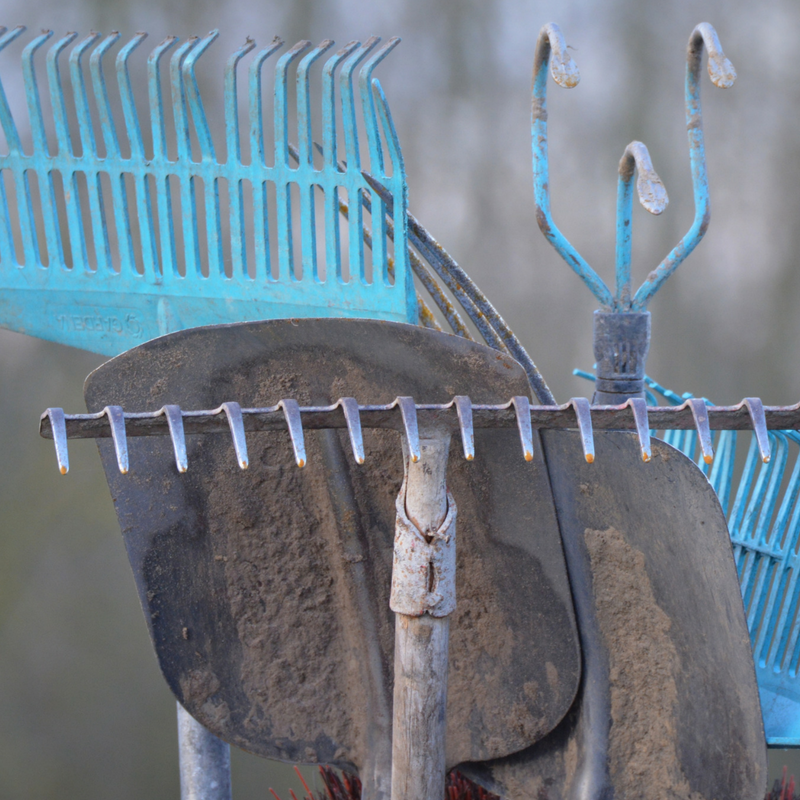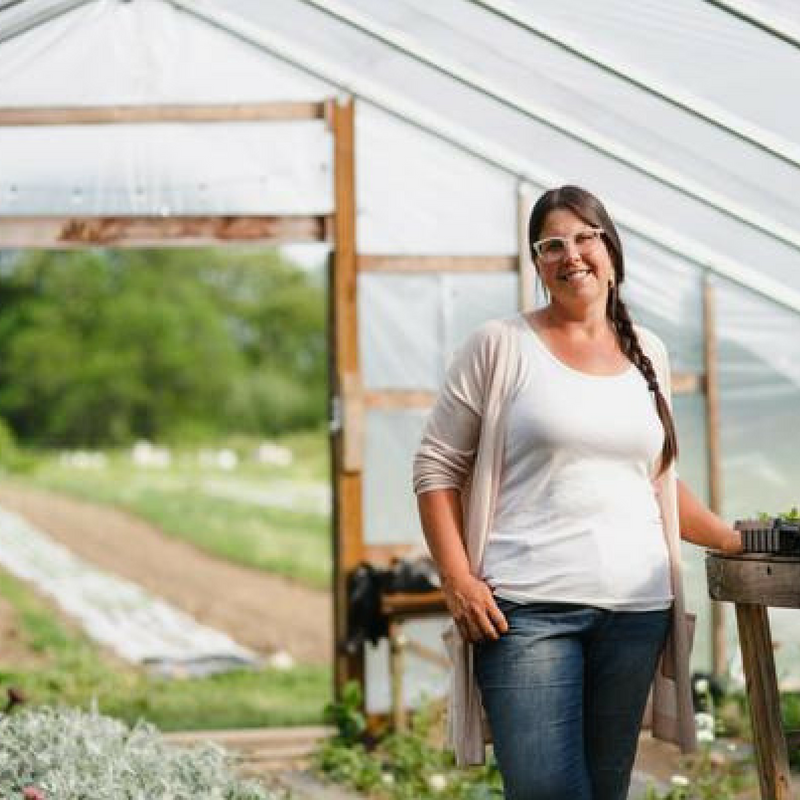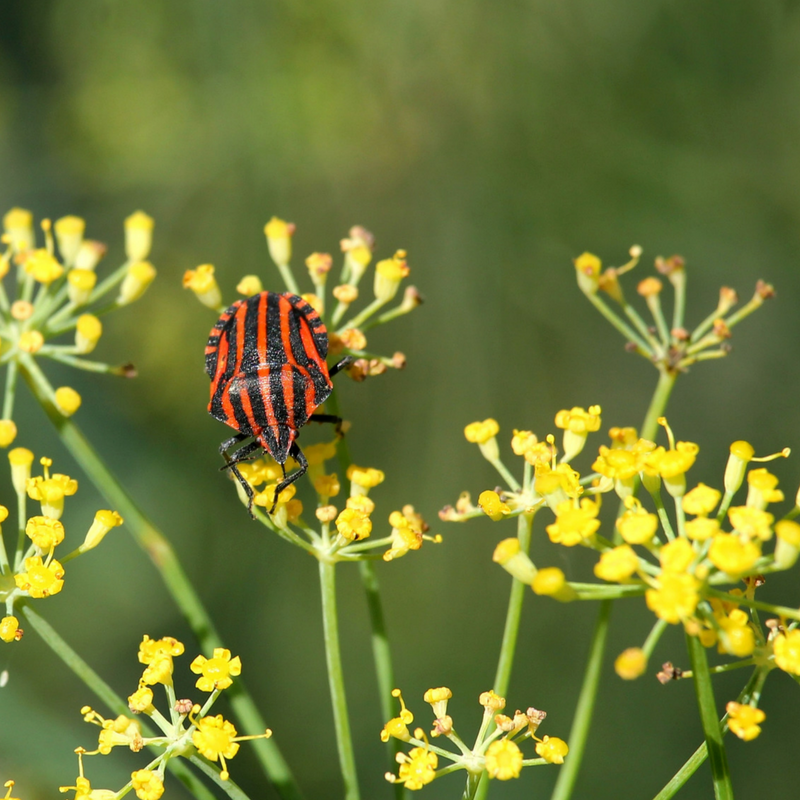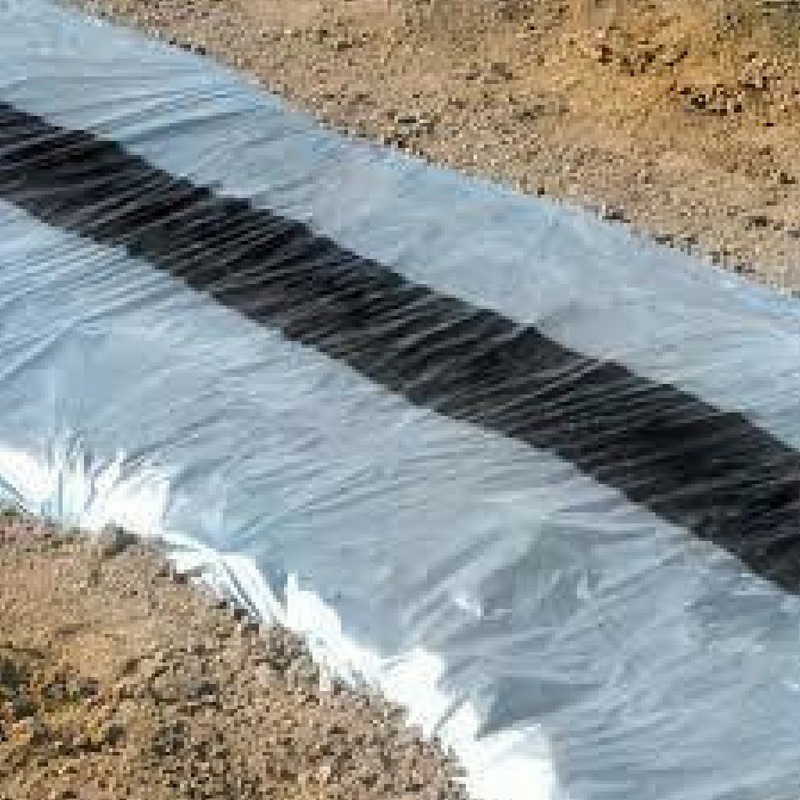"The unexamined life is not worth living" (Socrates)
This week we address plant spacing in the garden, and provide you a moment to examine your self. Whether you are a slave to instructions on seed packages and other fixed traditions, or try a new seed spacing in crooked rows with each poke in the ground this topic is good to focus on when you plant. And, thankfully, it provides an opportunity to examine your gardening life.
Plant spacing is not set in stone--there is no one way to grow your crop and the wise gardener exploits plant spacing to make their lives better. Plant spacing affects:
- Plant size
- Fruit/Vegetable Size
- Weed suppression
- Water usage
- Garden labor
- Garden tools
- Soil amendment and fertility usage (fertilizer)
You can adjust your plant spacings to take advantage of space, equipment, soil fertility, budget, etc.
 Garden seed packages typically specify a recommended plant spacing and row spacing. What do they mean? Its anyone's guess what your seed package's plant spacing recommendation is telling you. Is this how I get the most production (tomatoes per plant, or tomatoes per square foot, for example), or is this how I get the most tomatoes per hour in the garden? Or, where my mind often goes is--is this the most profligate use of seed the company could think of? (I think in this depressingly suspicious way even though most seed packages contain more than I need for my home garden and family of 5).
Garden seed packages typically specify a recommended plant spacing and row spacing. What do they mean? Its anyone's guess what your seed package's plant spacing recommendation is telling you. Is this how I get the most production (tomatoes per plant, or tomatoes per square foot, for example), or is this how I get the most tomatoes per hour in the garden? Or, where my mind often goes is--is this the most profligate use of seed the company could think of? (I think in this depressingly suspicious way even though most seed packages contain more than I need for my home garden and family of 5).
Self Assessment
Since plant spacing are not cast in stone, feel free to decide--use the seed package recommendation as a starting point, not an end point in your planting. Here are some scenarios and solutions others have come up with.
High Density?
What do you want from your garden? The author Mel Bartholomew wanted a high density garden and wrote his popular book "Square Foot Gardening." His theory is to grow as much in as little space as possible. His spacing method is "as close as possible." And, his basic advice is to read the "plant spacing" recommendation on a seed package, and ignore the row spacing info, and finally to plant in squares rather than rows. A lettuce with a 6" plant spacing is planted 4 units to a square foot, or 6 inches apart in every direction. In the "Square Foot" method, you increase demands on your soil, increase demands on hand weeding and eliminate the use of weeding tools. That may be good--as you need less of almost everything, but you do need more preparation and planning to make the system pay off.
High Efficiency?
Lets say you want maximum efficiency, rather than maximum density. Here is what Elliot Coleman, the master organic gardener does with some of his crops. He makes multi-plant blocks each containing 5 seeds. He exploits this method for these crops:
- onion
- scallion
- beet
- broccoli
- cabbage
- leeks
He assumes 4 seeds will germinate. He then plants the multi-plant blocks on a 12" spacing rather than planting the 5 seeds at a rate of 5 per 12 inches of row. The result is a clump of plants that have the same ratio of soil/plant but ¼ the amount of work weeding around the plants. ¼ the effort planting in the field, etc.
Fewest Seeds? Fewest Empty Spaces?
Lets say you wanted to stretch your seeds as far as you possibly could. Because not every seed will germinate, you are often instructed to plant many seeds and then told to thin them to a proper plant spacing. You waste seed in the hopes of getting a good spacing. In the fewest seed scenario you would plant your seeds at the desired plant spacing and live with the gaps that would occur. The result is fewer seeds consumed, but more wasted space that needs to be kept weed free, etc. In the fewest empty spaces scenario you would plant some multiple of seeds in each ideal plant location to insure that each location had at least one successful germination.
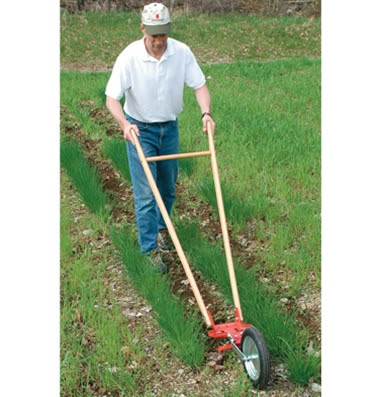
Best use of the tools you have?
Now, lets think like someone who just bought a fancy tool for cultivating the soil with great ease. This tool can eliminate weeds in 12 inch wide swaths. This person would very likely want to plant everything with at least a 12 inch row spacing in between plants because that space would be easy to keep free of weeds. The technique might waste space, but it would save time.
Overall, the point is that within a wide range you can play with seed spacing to suit your needs. Multi-plant blocks, and high density plantings make tons of sense for home gardener and small scale farmers alike.
Direct Seeding vs. Transplanting
Transplants offer these advantages over direct seeded plants:
- Controlled plant spacing
- Better competitors to weeds
- No thinning labor required
- Earlier starting, longer growing season
- Less susceptible to weather damage
In addition to the dimensions of plant spacing described above, you should also consider the costs and benefits of direct seeding and transplants. All things considered, most gardeners would like to see neat, tidy rows or squares of healthy plants growing. Growing from seed usually means more work and less order in your garden as you need to deal with the uncertainty of plant germination and the increase weed pressures faced by extremely young plants (that may sprout at about the same rate as every-present weed seeds in the soil). Units to be transplanted can be sown at 1 seed per unit so they never need thinning--and the units that do not germinate are simply discarded. Transplants can be started earlier (or purchased) in shelter and place in the garden or field after small weeds are eliminated. Developed transplants have significant competitive advantages over weeds that are starting from seed.
Note: many seedlings for sale have never been thinned! Thinning is a time consuming operation for nurseries and home gardeners alike but it is good to be make sure the units you are planting all have the same number of plants. Because the nursery need to be sure that every 6-pack has six plants, they need to overseed the pack has at least one plant in every cell. As we discussed, they need to plant more than one seed in each cell to achieve this. At home, you want to make a conscious decision about planting one or two plants per cell, since your cells will grow differently with different numbers of plants within them...
All-in-One Mats, Plant spacing and transplanting
Most Flora-Flow mats include 2 inch diameter tear-out planting holes at 6" spacings. If you tear out every hole, you get a hole every 6 inches, and by alternating the holes you tear out you can get plant spacing of 12, 18, 24 inches and so forth. While this is a limitation, you will find that you fit any plant into the system--you just need to alter the plant spacing from what is indicated on the package in a reasonable fashion. If you want a recommendation about a particular plant--vegetable, flower, berry, etc--please let us know. We are happy to help.
Transplants are especially useful in the Flora-flow system because the developed plants often shield sunlight within the plant hole opening and eliminate any secondary need to weed around the transplanted unit. Direct seeding is easily accomplished but will likely require both thinning and hand weeding while your seeds get established.
In any event, we believe Flora-Flow mats are an excellent choice for home gardens and small farms because they save you time and resources and and let you work less and produce more.
All-in-One Mats without perforations
We do have a limited number of lower cost mats without perforations. These mats do require you to tear or cut your own holes, but are just great for crops that do not have a high planting density--especially things like melons, squash, pumpkin, and tomatoes.


